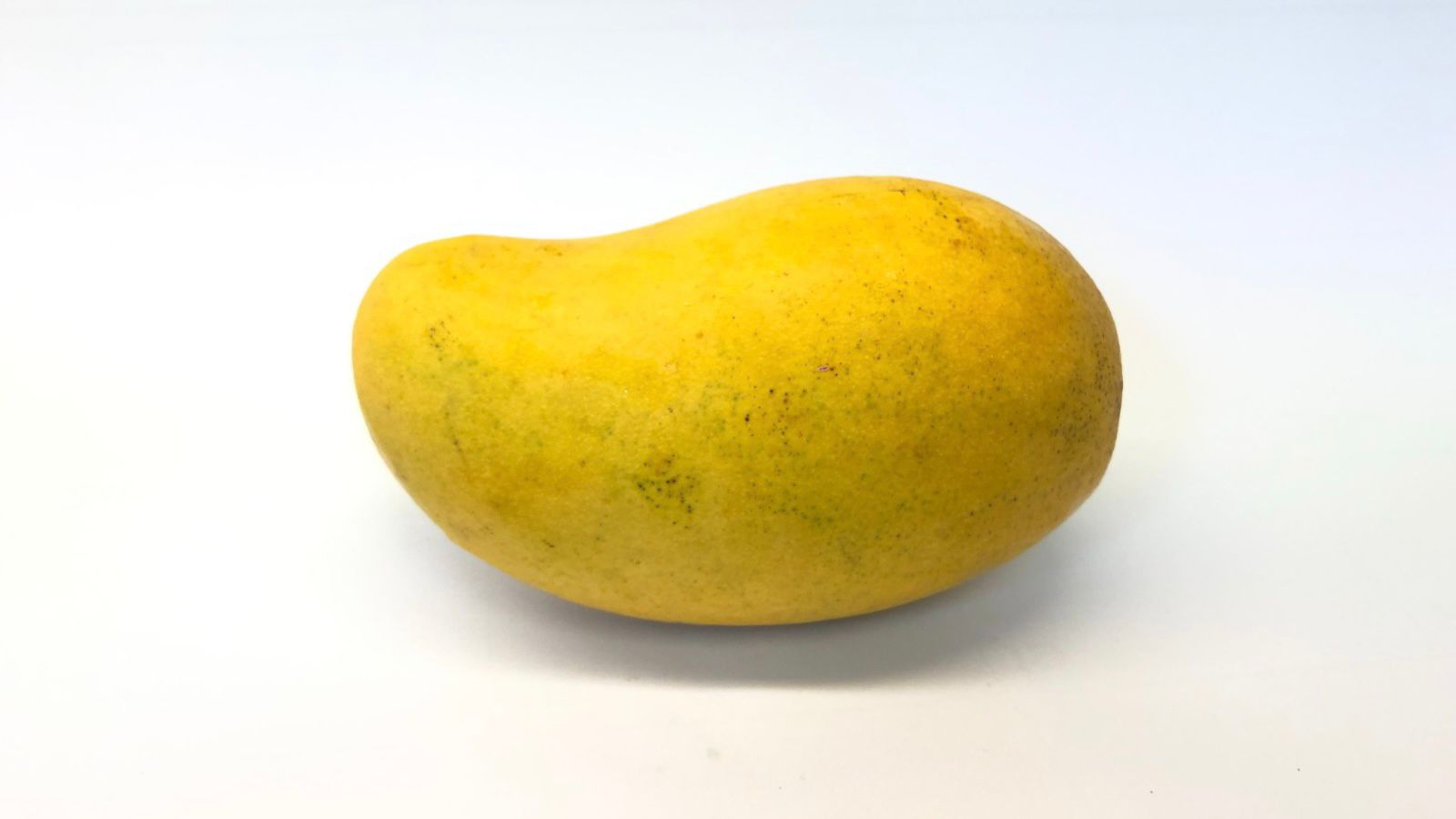
10 Tips for Growing Mango Trees at Home
Mangoes are a delicious and popular tropical fruit that can be grown in a variety of climates. Whether you live in a warm, tropical region or a more moderate climate, you can successfully grow a mango tree at home with these tips.
Tip #1: Choose the Right Variety
When it comes to growing mango trees at home, the first step is to choose the right variety. There are many different types of mangoes, each with their own unique characteristics. Some varieties are better suited for warmer climates, while others can tolerate cooler temperatures. If you live in a cool climate, look for varieties like “Tommy Atkins” or “Keitt” that are known to be more cold-tolerant. If you live in a warm climate, you may want to try “Alphonso” or “Haden” varieties.
Tip #2: Pick the Right Spot
When it comes to planting your mango tree, it’s important to choose the right spot. Mangoes need full sun and well-drained soil. They should be planted in a spot that gets at least six hours of direct sunlight per day. If you’re growing your mango tree in a container, make sure the container is at least 20 gallons in size and has drainage holes.
Tip #3: Understand the Climate
The climate where you live will play a big role in how well your mango tree will grow. Mangoes are tropical fruits and prefer warm, humid climates. If you live in a cooler climate, you’ll need to provide your tree with extra care and protection. Consider planting your tree in a greenhouse or using a heat lamp to keep the temperature warm enough for the tree to thrive.
Tip #4: Watering and Fertilizing
Proper watering and fertilizing are key to growing a healthy mango tree. Make sure the soil is always moist but not waterlogged. Mangoes prefer soil that is slightly acid, with a pH between 6 and 7. Fertilize your tree every four to six weeks with a balanced fertilizer, or use a slow-release fertilizer once a year.
Tip #5: Pruning and Training
Proper pruning and training is essential to growing a healthy and productive mango tree. When your tree is young, prune it to a single trunk and remove any branches that are growing from the base. As the tree grows, prune it to a “vase” shape, with a central trunk and branches that are evenly spaced around it. This will help to promote good fruit production and allow the tree to grow stronger.
Tip #6: Pollination
Mango trees are generally self-fertile, which means they can pollinate themselves. However, if you want to ensure good fruit production, you may want to consider hand-pollinating your tree. To do this, simply take a small paintbrush and gently brush the inside of the flowers, transferring the pollen from the male flowers to the female flowers.
Tip #7: Pest and Disease Control
Mango trees can be susceptible to a variety of pests and diseases. To keep your tree healthy, keep an eye out for signs of infestation or infection, such as wilting leaves, discolored fruit, or small holes in the leaves. If you notice any of these symptoms, take action immediately to control the pests or diseases.
Tip #8: Harvesting
When it comes to harvesting your mangoes, timing is everything. The fruits should be left on the tree until they’re fully ripe, which is usually indicated by a change in color from green to yellow or red. Once the fruit is ripe, gently twist the fruit from the stem and store it at room temperature until it’s fully ripe.
Tip #9: Ripening
Mangoes can be ripened by leaving them at room temperature for a few days, until they give slightly when pressed. Once ripe, they can be stored in the refrigerator for up to a week. Mangoes can be eaten fresh, or used in a variety of dishes such as smoothies, salads, salsas, and curries.
Tip #10: Enjoying the Fruits of Your Labor
Growing a mango tree at home can be a rewarding experience, both in terms of the delicious fruit it will produce and the sense of accomplishment you’ll feel as a gardener. Remember to be patient and consistent with your care and maintenance, and enjoy the fruits of your labor.
In conclusion, Growing mango trees at home can be a fun and rewarding experience. With the right variety, location, climate, watering and fertilizing, pruning and training, pest and disease control, harvesting and ripening tips, you can successfully grow a healthy and productive mango tree at home. Happy gardening!
If you are interested in growing other fruits, check out these other articles: How to grow raspberries, How to grow dates, How to grow pomegranate, How to grow pomelo, How to grow kiwi, How to grow strawberry, How to grow currants, How to grow khaki, How to grow currants, How to grow cranberries, How to grow bananas, How to grow citrus, How to grow blueberries, How to grow blackberries, How to grow pineapples, How to grow lemons,












